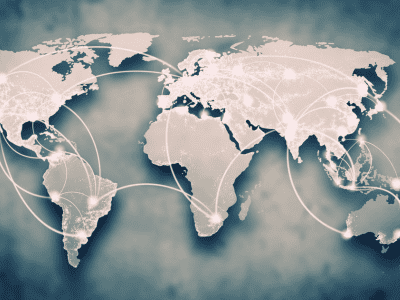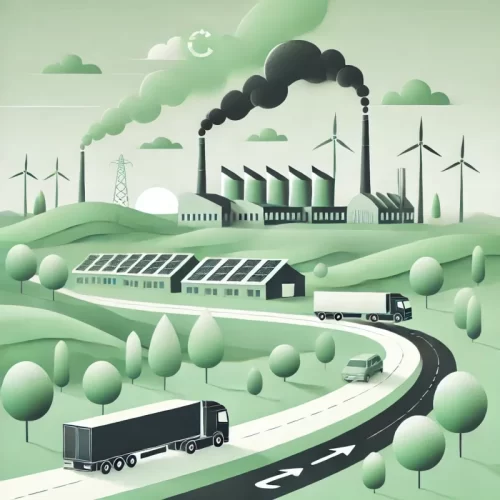Supply chain due diligence legislation and value chain impacts are not easy subjects to understand. It can take years to understand all the different legislation and terminology. In this post we explain some of the most common jargon terms you are likely to come across – particularly if you are working in procurement or sustainability.
These 6 terms are increasingly used in value chain and supply chain legislation around the world – visit our white paper section for more information. They are also a key part of CRSD and the European Sustainability Reporting Standards (ESRS) that you can learn about here.
Value Chain Terminology
Value Chain
A value chain builds on the concept of a supply chain by considering all of the steps involved in a product or service from creation to execution or delivery to a customer. This includes, but is not limited to design, production, marketing and distribution. A value chain consists of two different parts, ‘upstream’ and ‘downstream’:
Upstream value chain
The upstream value chain is associated with the activities that occur in the early stages, typically at the beginning of production or development. The upstream value chain varies depending on the nature of the business but may include raw material, component or equipment suppliers for instance.
Downstream value chain
Downstream value chain is associated with activities that occur at the end of the production or development process. The downstream value chain also varies depending on the nature of the business but may include distributors, logistics providers and packaging suppliers for instance.
Value chain impact
Value chain impact is simply the environmental and social impact of business activities across the end-to-end value chain.
Double Materiality
Double materiality expands on the concept of focusing on the economic, environmental and social impacts that are material to its own operations and performance, broadening the scope to consider how the double aspects of both a company’s direct operations and its value chain impact people and the planet.
Scope 3
Scope 3 emissions are typically known as ‘indirect emissions’ and are associated with a company’s activities from emissions sources that are not owned or controlled by the company. Scope 3 emissions might involve purchased goods or services e.g. transport of materials, products or services as well as emissions from logistics suppliers and distributors.
Click to learn more about CRSD and the new EU Standards using these terms.


